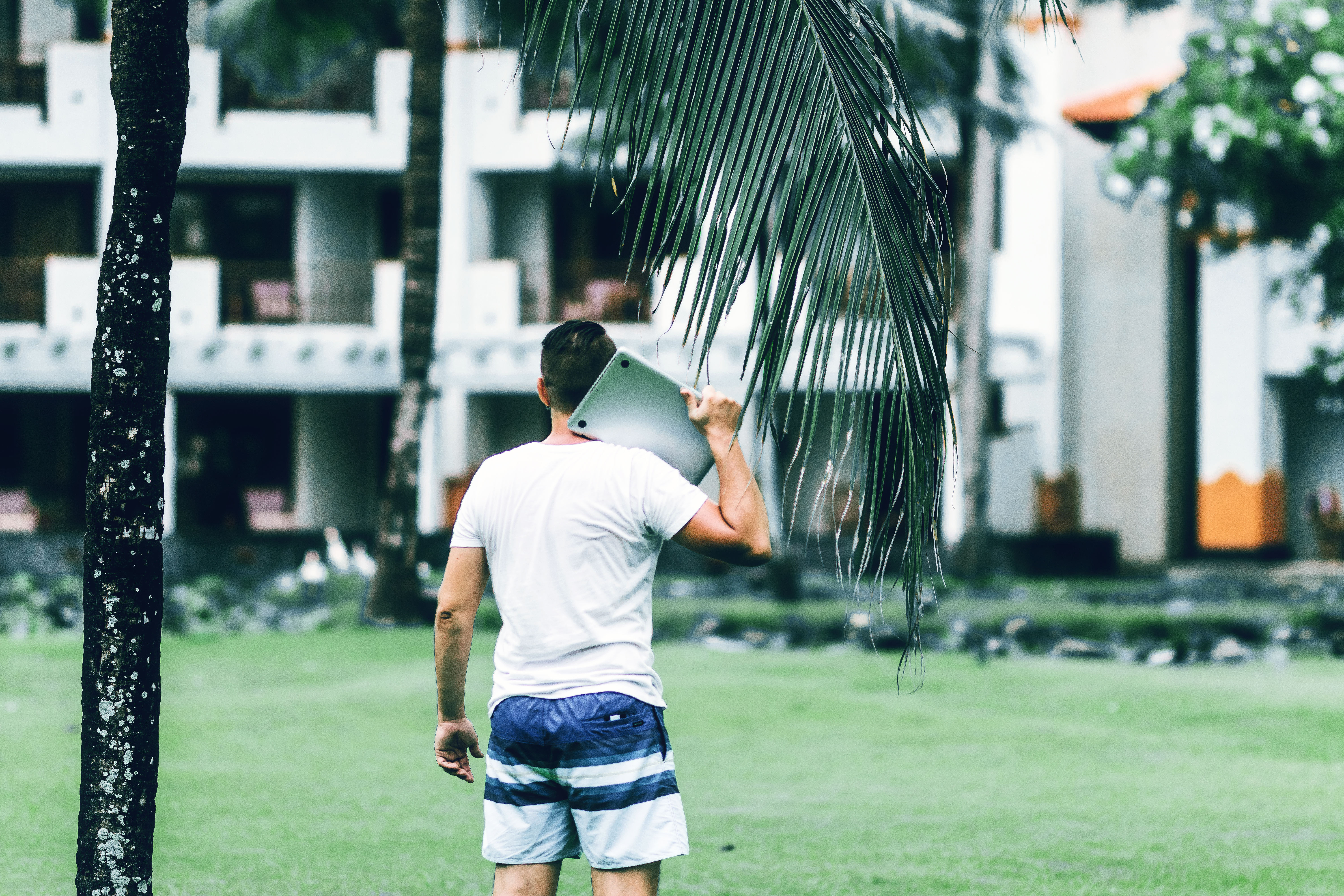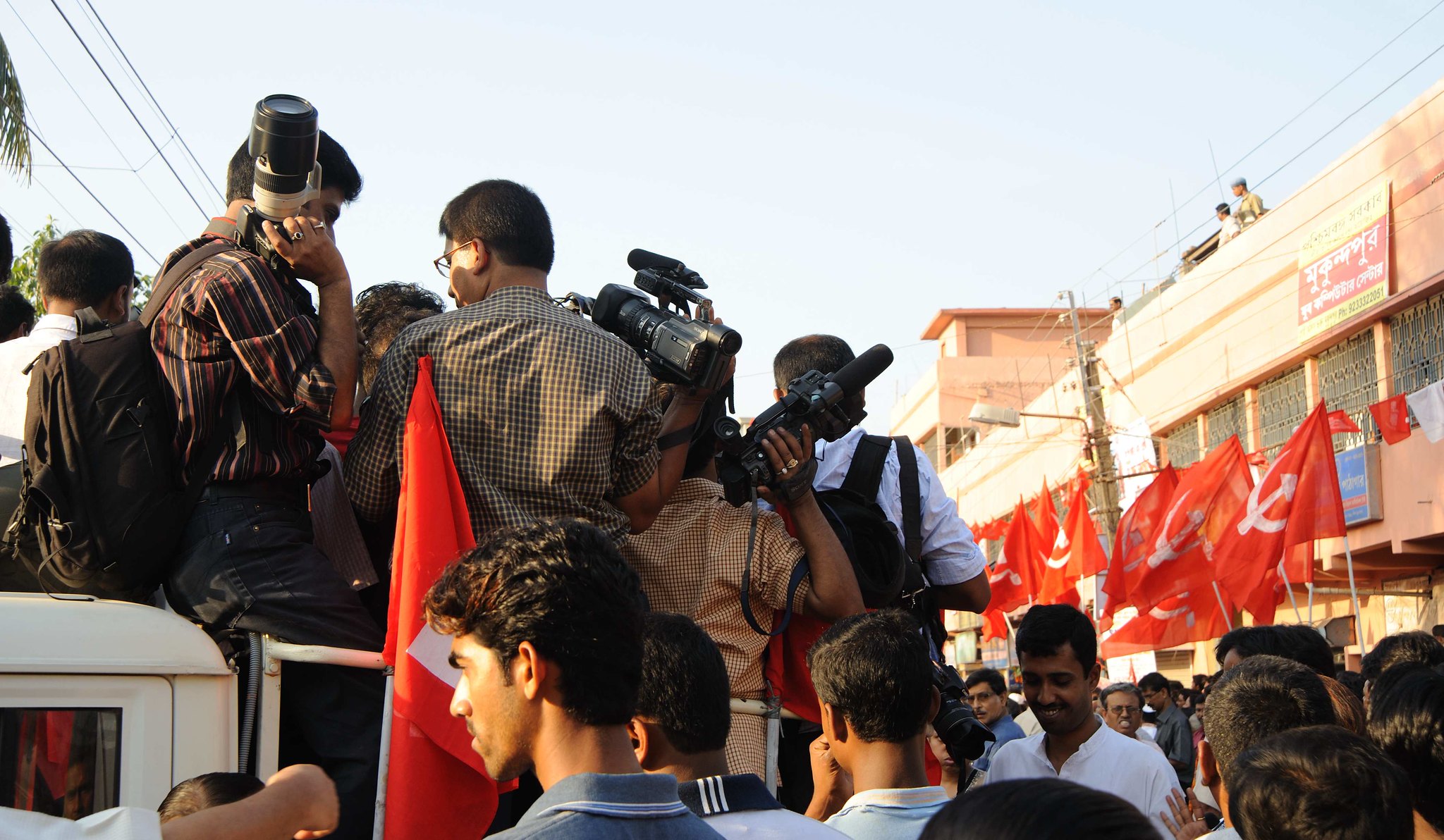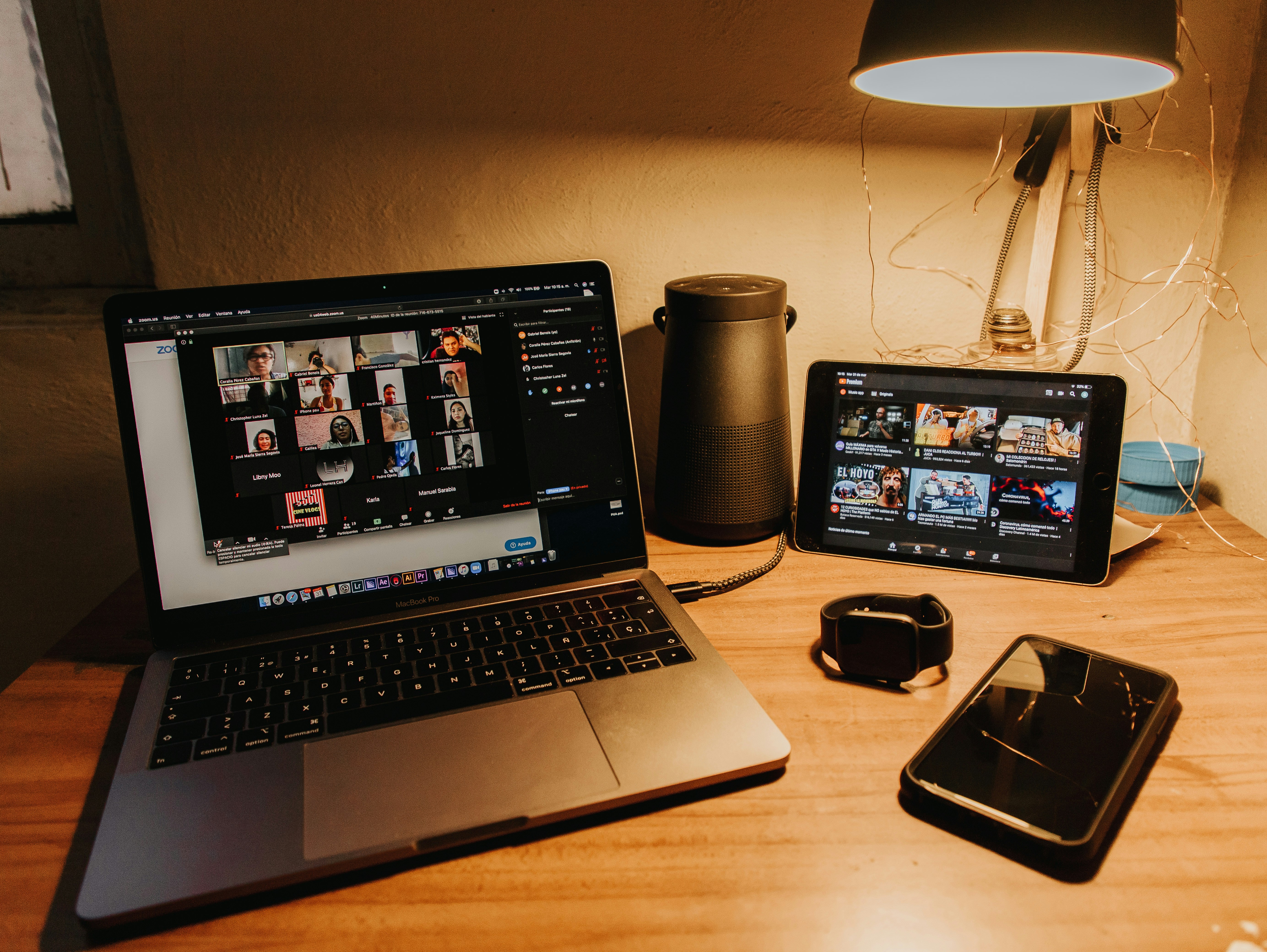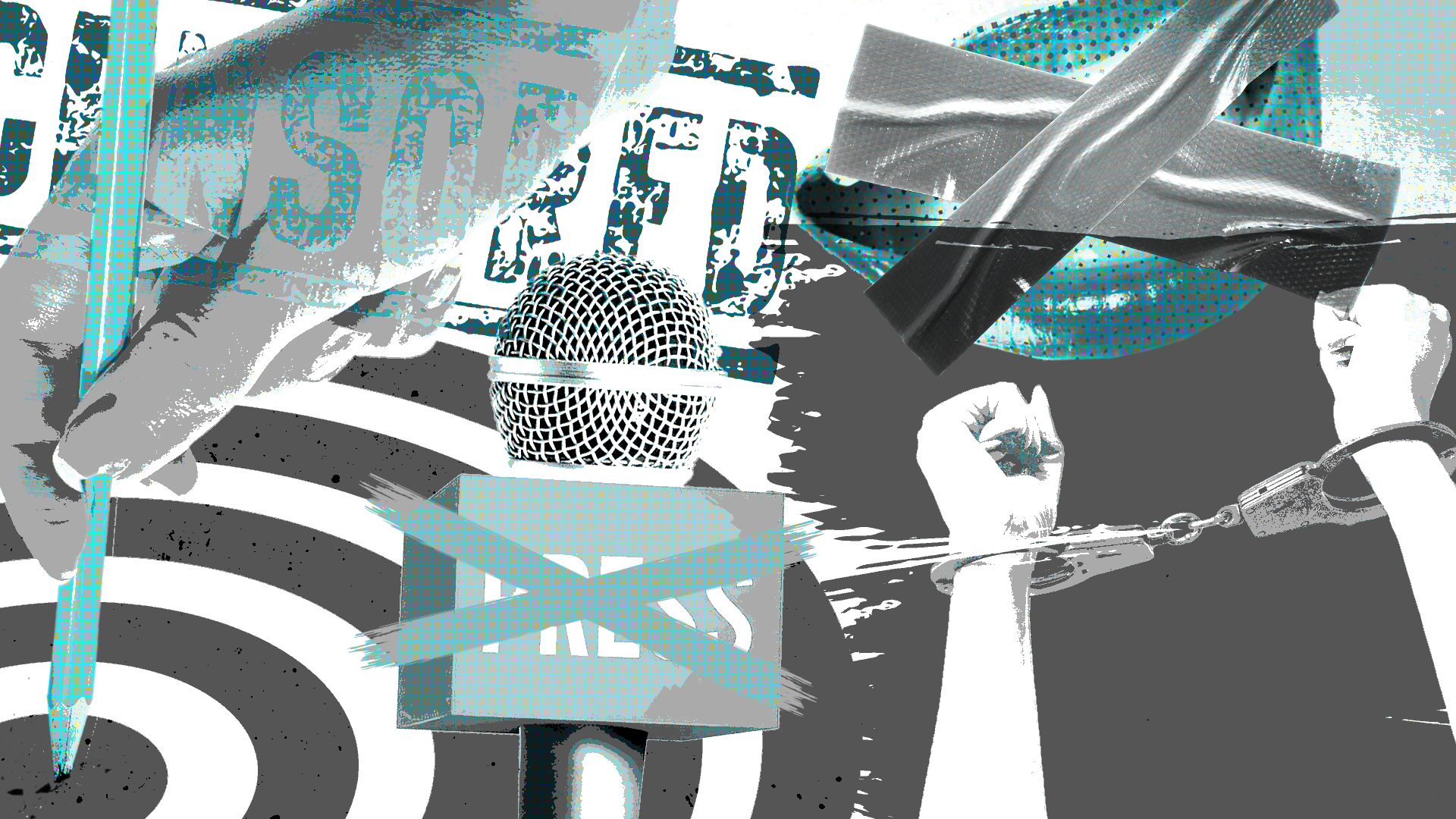In one of the world's most tightly-held media industries, one smaller voice struck a blow for freedom of expression.
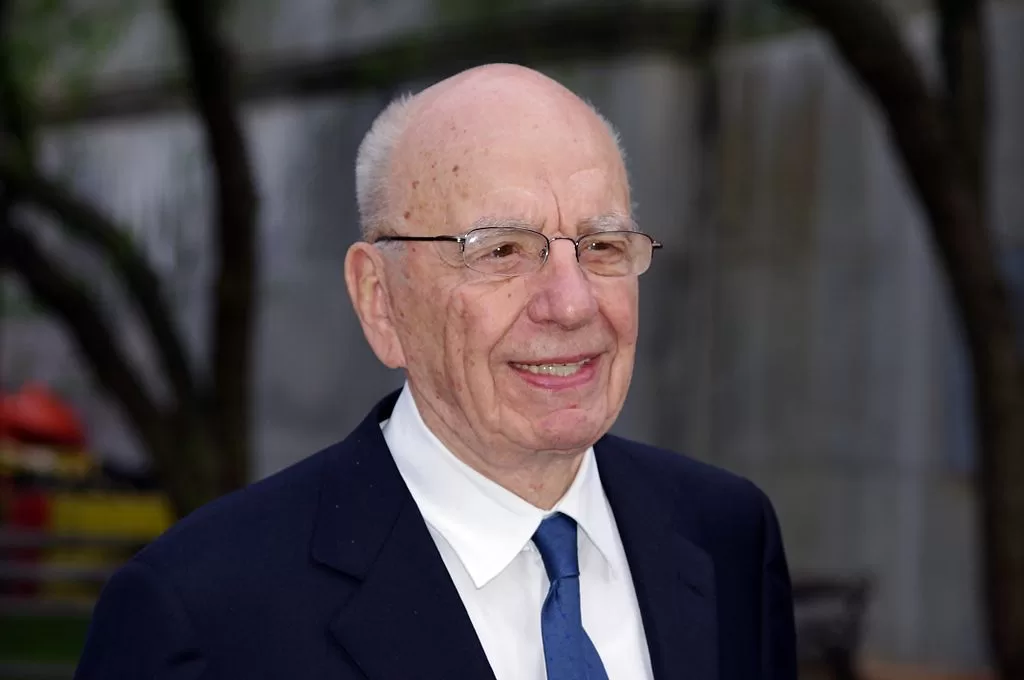 Some of Rupert Murdoch’s media businesses have been in the headlines for misinformation. : David Shankbone via Flickr CCBY3.0
Some of Rupert Murdoch’s media businesses have been in the headlines for misinformation. : David Shankbone via Flickr CCBY3.0
In one of the world’s most tightly-held media industries, one smaller voice struck a blow for freedom of expression.
World Press Freedom Day is usually marked by stories of despair — worsening repression of voices, media outlets closed down, journalists locked up, journalists killed. But this year there have been some glimmers of light, especially in Australia, where the lack of diversity in media ownership has been a longstanding issue.
While many independent media outlets around the world face persecution from authorities, in Australia the small independent publisher Crikey stared down a defamation action from a much larger media group: The Rupert Murdoch-owned News Corp.
Crikey, which says it is guided by a deceptively simple, old idea ‘tell the truth and shame the devil‘ had dared Lachlan Murdoch, son of Rupert, to bring a defamation action against it, after naming the Murdoch family as an unindicted co-conspirator in the January 6 2021 US Capitol riot.
The news site stood strong until Lachlan Murdoch walked away, just days after his US television network, Fox News, was forced to settle a US defamation lawsuit for making false claims about the 2020 US election.
Crikey’s CEO and chairman Will Hayward was ecstatic: “We are proud of our stand. We are proud to have exposed the hypocrisy and abuse of power of a media billionaire. This is a victory for free speech. We won.”
The price of defeat may well have silenced another independent voice.
In a country where the Murdoch media is so strong that two former prime ministers from different sides of politics have called for a royal commission into Rupert Murdoch’s Australian media empire, there was great celebration.
Crikey’s campaign had won many friends, and substantial GoFundMe donations for its legal battle, and gave more grist to the growing hate campaign against News Corp publications which has resulted in anti-Murdoch posters and stickers being sold and displayed throughout Australia.
It wasn’t the only good news in Australian media. The government-forced Media Bargaining Code has resulted in 30 agreements between digital platforms (Google and Meta) and a cross section of Australian news businesses. While the code is being lauded and copied in other countries, some of the smaller Australian publishers have felt aggrieved as they have not always had the power or nous to get good deals. Still, there is money from the code across the news sector.
And the new Labor Government halted the previous government’s ongoing attacks against the trusted national broadcaster, the ABC. Labor also made an election promise to provide AUD$29 million to support regional, local and community media, including First Nations publications and hyper-local community websites. It also matched the previous Coalition government’s AUD$10 million promise to help offset print costs. While those funds have been flowing through to news organisations, there has not been any announcement to better support journalism students studying at universities, with the cost of their degrees increased by 110 percent by the former government.
Another bright spot for press freedom was the appointment of a news-friendly attorney general, Mark Dreyfus. The long-time supporter of journalism and journalists has been keen to engage with all in the industry, and invited news organisations large and small to the nation’s capital to discuss proposed changes to Australia’s privacy law. He also used the opportunity to discuss strengthening Freedom of Information laws to force governments and government departments to be more open to requests from journalists.
Dreyfus does not, however, have an easy answer for who is a journalist in 2023. It remains a vexed question, particularly for those who work for mainstream news outlets who are tired of being lumped in with independent journalists who do not sign up to a code of ethics. Increasingly, anyone with a comedy career, or a camera, will claim to be a journalist. Until they no longer want to be one.
These bits of good news, however, do not change the fact that trust in journalism continues to fall in Australia and across the world. Overall trust in Australian journalism has dropped further (from 43 percent to 41 percent) in a year. Also, the Public Interest Journalism Initiative continues to map newsroom closures and there is a never-ending supply of stories about closures even in vibrant communities.
Larger newsrooms are also changing. They continue to lose older, higher paid, experienced journalists, while trying to replace them with younger staff from more diverse backgrounds. While there is still much work to be done on diversity, these young journalists must be sharp. They generally need to present their reporting suitable for all platforms — text, audio, visual, digital and social. They also need to capture the attention of audiences flooded by media that isn’t news-focused. Australia might have solid levels of literacy, but Australians report low levels of confidence with their media literacy.
Getting attention for news is difficult. Talkback radio host for the ABC, Rafael Epstein, recently called on his listeners to discuss if a negative report from the state’s anti-corruption watchdog on the Victorian Government would sway voters. Epstein was hardly overrun with calls. Despite his efforts over a couple of days, he was unable to garner much interest beyond the few normal partisan callers. Epstein’s efforts pointed to a problem with all news media: even with the best reporting, backed by the strongest evidence, audiences are not always moved.
Getting people to pay attention to quality journalism in an information-rich environment remains an ongoing issue.
Despite the efforts of multiple fact-checkers from news organisations across Australia, misinformation and fake news is having very real impacts on communities.
The small Yarra Ranges Council, less than 40km from Australia’s largest city of Melbourne, has been forced to close its art gallery and put its council meetings online because of abuse directed at staff and councillors. The Yarra Ranges has one newspaper servicing the area, but this has not been enough to stop the impact of misinformation online. The mayor told the ABC that the council was being targeted by people caught up in conspiracy theories about 15-minute cities, 5G mobile phone towers and vaccinations.
The other issue that continues to hang over Australian journalism is the continued detention of Julian Assange in the UK. Assange’s case has had some movement with now planned regular visits from Australia’s UK High Commissioner to the WikiLeaks founder, who is in Belmarsh prison and faces espionage charges in the US. Australia’s Prime Minister Anthony Albanese is in Assange’s corner, telling The Guardian: “I have made it clear the Australian government’s position, which is: enough is enough. There’s nothing to be served from ongoing issues being continued.”
But there is still no movement at all in the case of Cheng Lei who has been detained in Beijing for more than two years on spying charges. Her partner asked the Victorian Premier Dan Andrews to push for her freedom during his visit to China earlier this year but to date there is still no word on the fate of the Melbourne journalist and mother of two.
Alexandra Wake is an Associate Professor of Journalism at RMIT University and the elected President of the Journalism Education and Research Association of Australia. She is an active leader, educator and researcher in journalism. Her research, teaching and practice sits at the nexus of journalism practice, journalism education, equality, diversity and mental health. Dr Wake has taught journalism at RMIT, Deakin University, Dubai Women’s College, and was a trainer on international aid projects including at the South African Broadcasting Corporation. Before turning full time to the academy, she spent more than 25 years working for broadcast and print international news agencies in Australia, the Asia Pacific and the Middle East.
Originally published under Creative Commons by 360info™.




